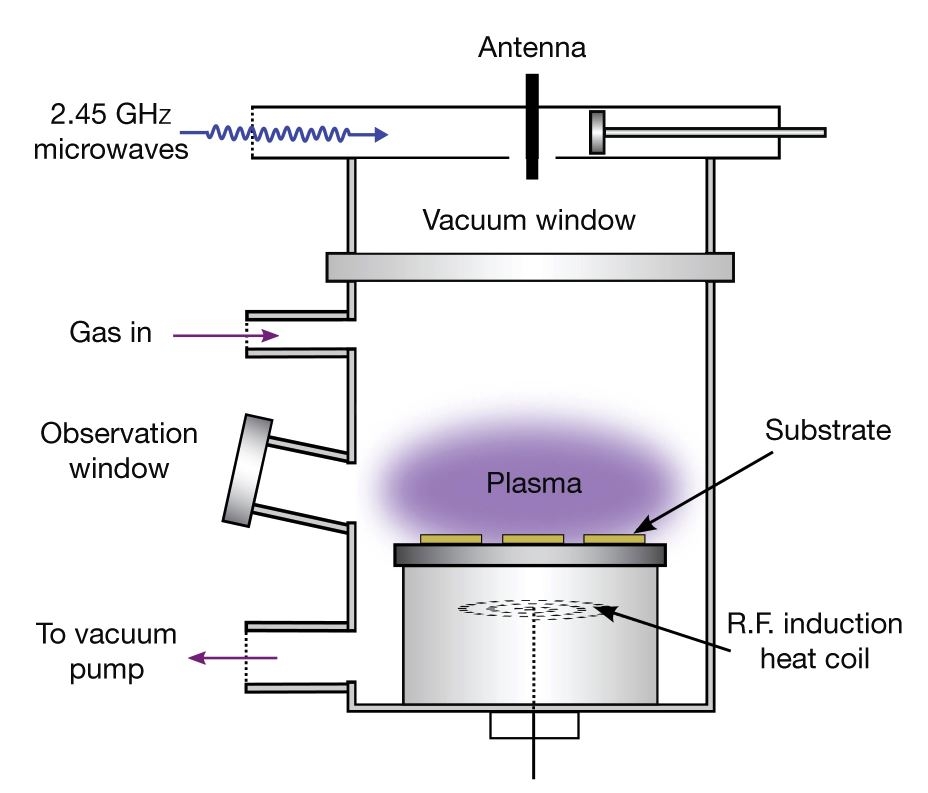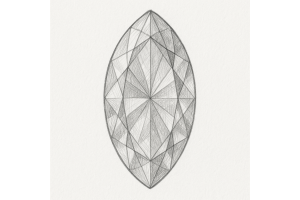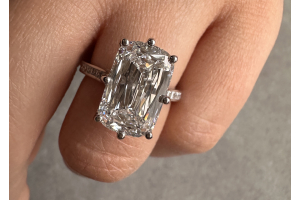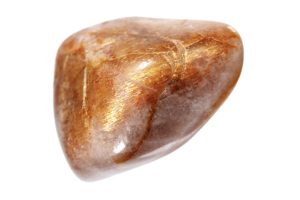USD
/
USD
/
Shipping to:
Currency:
Table of Contents
-
1 Introduction
- Overview of the blog's purpose and significance of CVD diamonds in the modern jewelry industry.
-
2 What is a CVD Diamond?
- Historical Background: The evolution of synthetic diamonds, from early experiments to modern achievements.
- The Science Behind CVD Diamonds: Detailed explanation of the CVD process, including the technological and chemical aspects.
- Comparison with Natural Diamonds: Analysis of similarities and differences in physical, chemical, and aesthetic properties.
-
3 CVD vs HPHT Diamonds
- Understanding HPHT Diamonds: Introduction to HPHT diamonds, their creation process, and characteristics.
- Comparative Analysis: In-depth comparison of CVD and HPHT diamonds, focusing on quality, appearance, cost, and ethical considerations.
4 The Meaning Behind 'CVD' in CVD Diamonds
- Explanation of the term 'Chemical Vapor Deposition' and its significance in the field of gemology.
5 Identifying CVD Diamonds
- Professional Techniques: Overview of the methods and equipment used by gemologists to identify CVD diamonds.
- Consumer Tips: Advice for consumers on how to distinguish CVD diamonds from natural ones and other synthetics.
6 The Market and Future of CVD Diamonds
- Analysis of current market trends, consumer preferences, and the potential future of CVD diamonds in the jewelry industry.
7 A Consumer Guide to CVD Diamonds
- Tips for purchasing, assessing quality, and understanding the value of CVD diamonds.
8 Conclusion
- Summary of key points discussed in the blog and final thoughts on the role of CVD diamonds in sustainable luxury.
Introduction
In this comprehensive guide, we delve into the world of CVD diamonds - a pinnacle of human ingenuity and a beacon of sustainable luxury. As the jewelry industry evolves, these lab-grown marvels are not just a scientific achievement but a testament to ethical consumerism. This blog will explore the intricacies of CVD diamonds, providing insights into their creation, value, and impact.
What is a CVD Diamond?
Historical Background
The tale of CVD diamonds is as much a story of scientific endeavor as it is of luxury. The quest to create diamonds in a laboratory setting dates back to the early 20th century, a time when the idea seemed more like science fiction. However, persistent efforts in the mid-20th century led to groundbreaking advancements in synthetic diamond technologies, paving the way for the birth of CVD diamonds.
The Science Behind CVD Diamonds
Chemical Vapor Deposition (CVD) is a sophisticated process that mirrors the natural diamond formation at the molecular level. This method involves placing a carbon-rich gas mixture in a vacuum chamber and then energizing it, causing carbon atoms to deposit onto a substrate, layer by layer, forming a crystalline diamond. The brilliance of this process lies in its ability to replicate the atomic structure of natural diamonds, while allowing for enhanced control over the diamond's final properties.
Comparison with Natural Diamonds
The comparison between natural and CVD diamonds reveals striking similarities and notable differences. While natural diamonds are formed over billions of years under extreme pressure and temperature, CVD diamonds are grown in controlled laboratory conditions over a few weeks. In terms of hardness, refractive index, and overall appearance, CVD diamonds are virtually identical to natural diamonds. However, the controlled environment of CVD growth often results in diamonds with fewer impurities, potentially offering higher clarity and quality.
CVD vs HPHT Diamonds
Understanding HPHT Diamonds
HPHT, standing for High Pressure High Temperature, is another method for creating synthetic diamonds. This process replicates the natural conditions under which diamonds form in the earth, using high pressure and temperature to transform carbon into crystalline diamond structures. HPHT diamonds were the first type of synthetic diamonds to be commercially available and have played a significant role in both industrial applications and jewelry.
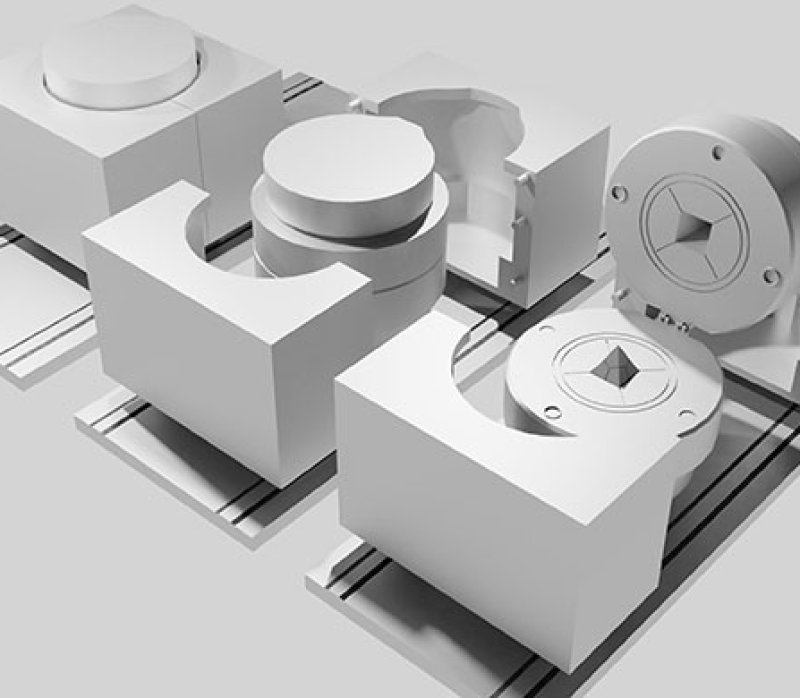
Comparative Analysis CVD and HPHT diamonds
When comparing CVD and HPHT diamonds, several factors come into play:
Creation Process: While HPHT mimics the natural formation of diamonds under high pressure and temperature, CVD uses a gas-based method to deposit carbon atom by atom.
Quality and Appearance: Both types can achieve high-quality gems, but CVD diamonds often have fewer internal flaws due to their controlled growth environment.
Cost and Availability: Historically, HPHT diamonds were more accessible and less expensive, but as CVD technology has improved, the cost and availability of CVD diamonds have become more competitive.
Ethical Considerations: Both methods offer a more ethical alternative to mined diamonds, but the lower energy requirement of the CVD process makes it slightly more environmentally friendly.
The Meaning Behind 'CVD' in CVD Diamonds
Chemical Vapor Deposition (CVD) is a term that signifies more than just a method; it represents a new era in diamond creation. This technology has not only provided an ethical alternative to natural diamonds but has also opened new frontiers in material science.
Identifying CVD Diamonds
Professional Techniques
Professional gemologists use advanced equipment like spectroscopes, magnification tools, and infrared devices to distinguish CVD diamonds from natural ones. These tests look for subtle differences in crystal growth patterns and impurities that are characteristic of lab-grown diamonds.
Consumer Tips
For consumers, identifying CVD diamonds can be challenging without professional equipment. However, purchasing from reputable sellers who provide certification for their diamonds is a reliable way to ensure authenticity.You can determine whether a diamond is CVD or HPHT by checking the comments section on the diamond's certificate.
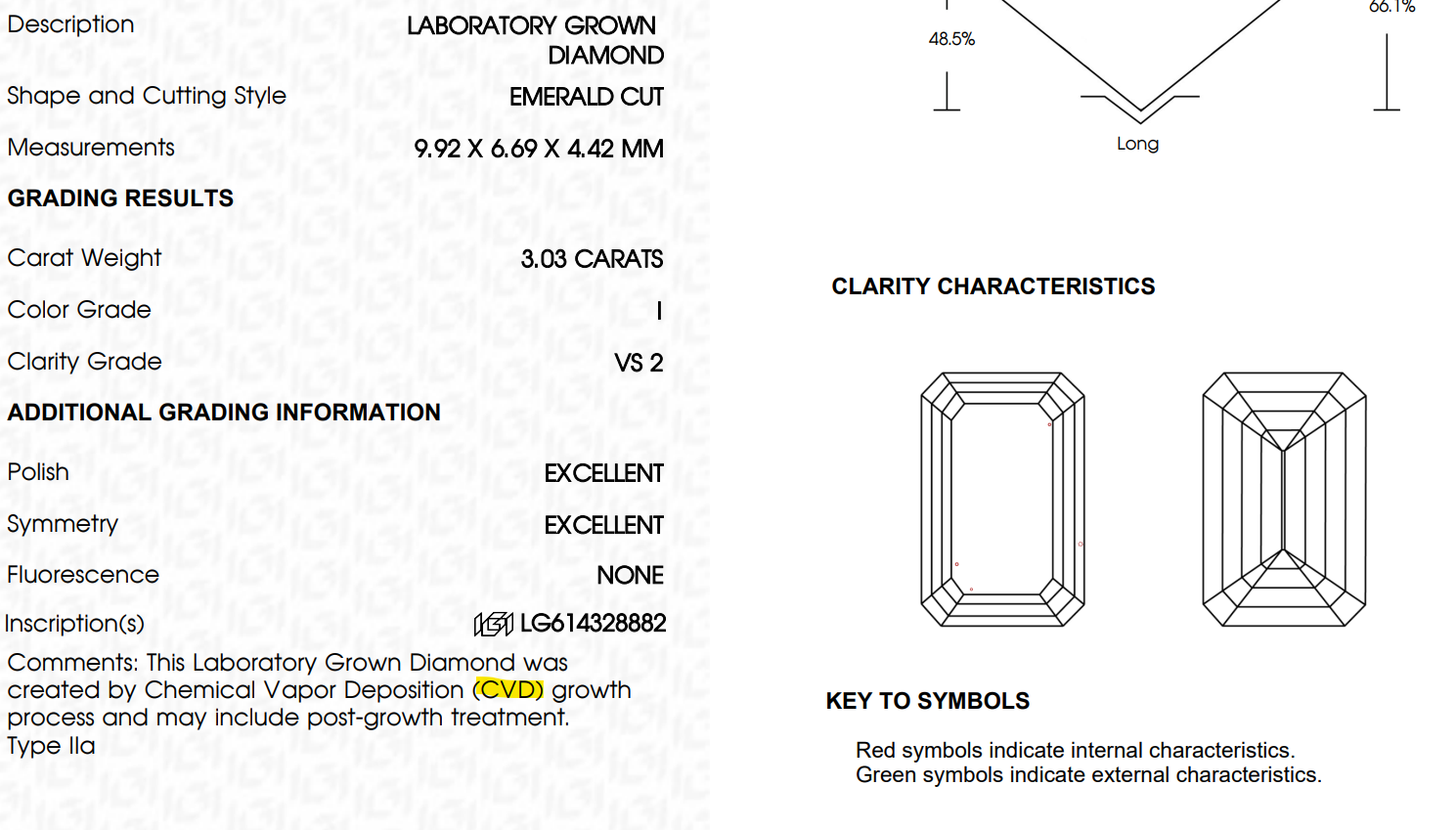
The Market and Future of CVD Diamonds
The market for CVD diamonds has been growing steadily, driven by consumer demand for ethical and sustainable luxury. As technology advances, we can expect CVD diamonds to become even more indistinguishable from natural diamonds, potentially leading to wider acceptance and usage.
A Consumer Guide to CVD Diamonds
When considering the purchase of a CVD diamond, consumers should look for:
Certification: Ensure the diamond comes with a certificate from a reputable gemological laboratory.
Quality: Assess the 4Cs (Cut, Color, Clarity, Carat) just as you would with a natural diamond.
Seller Reputation: Buy from established, reputable retailers who specialize in lab-grown diamonds.
Conclusion
CVD diamonds represent a remarkable convergence of science, ethics, and beauty. As we move towards a more sustainable and responsible future, the role of CVD diamonds in the jewelry industry is not only promising but also essentia.





